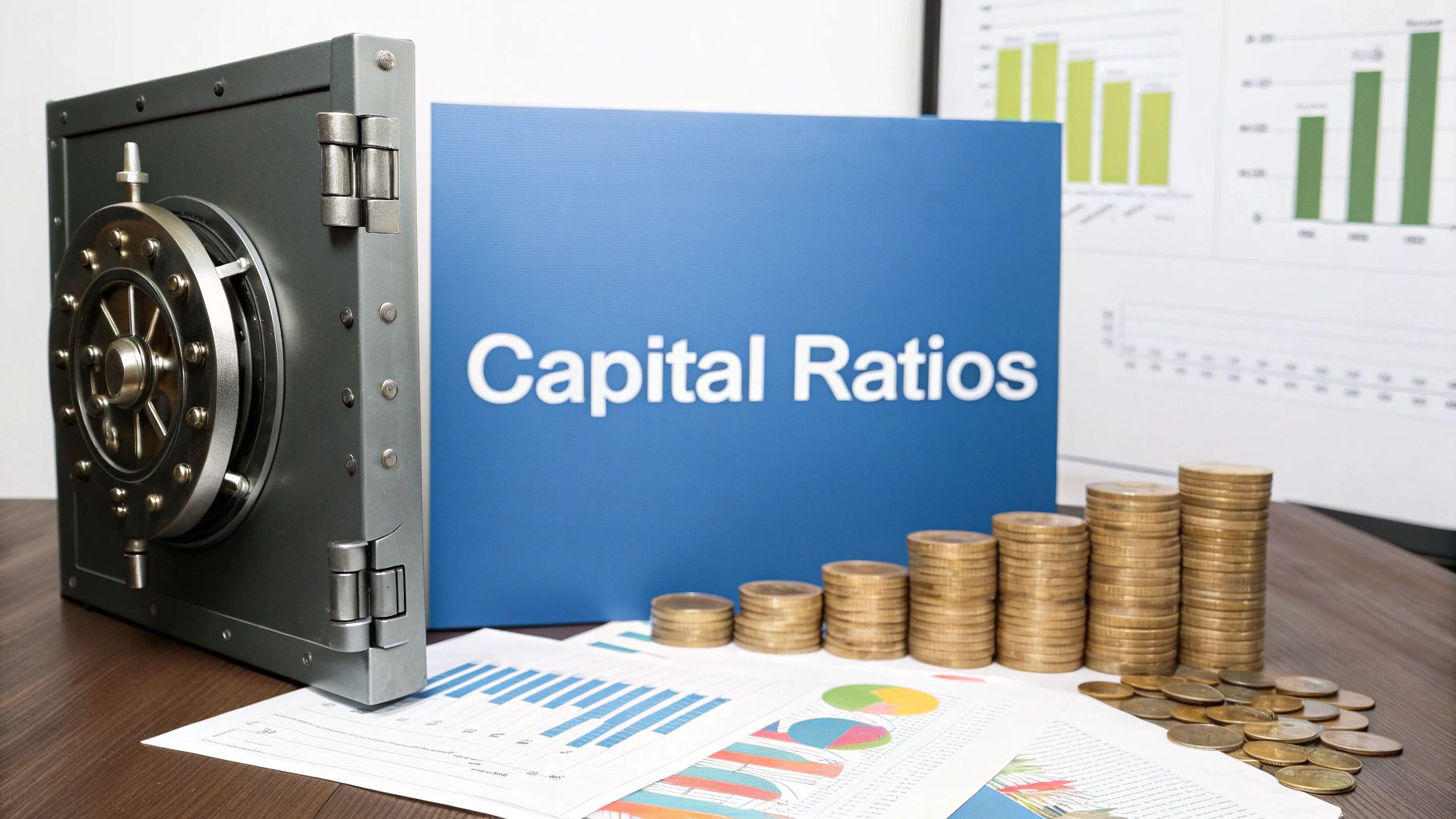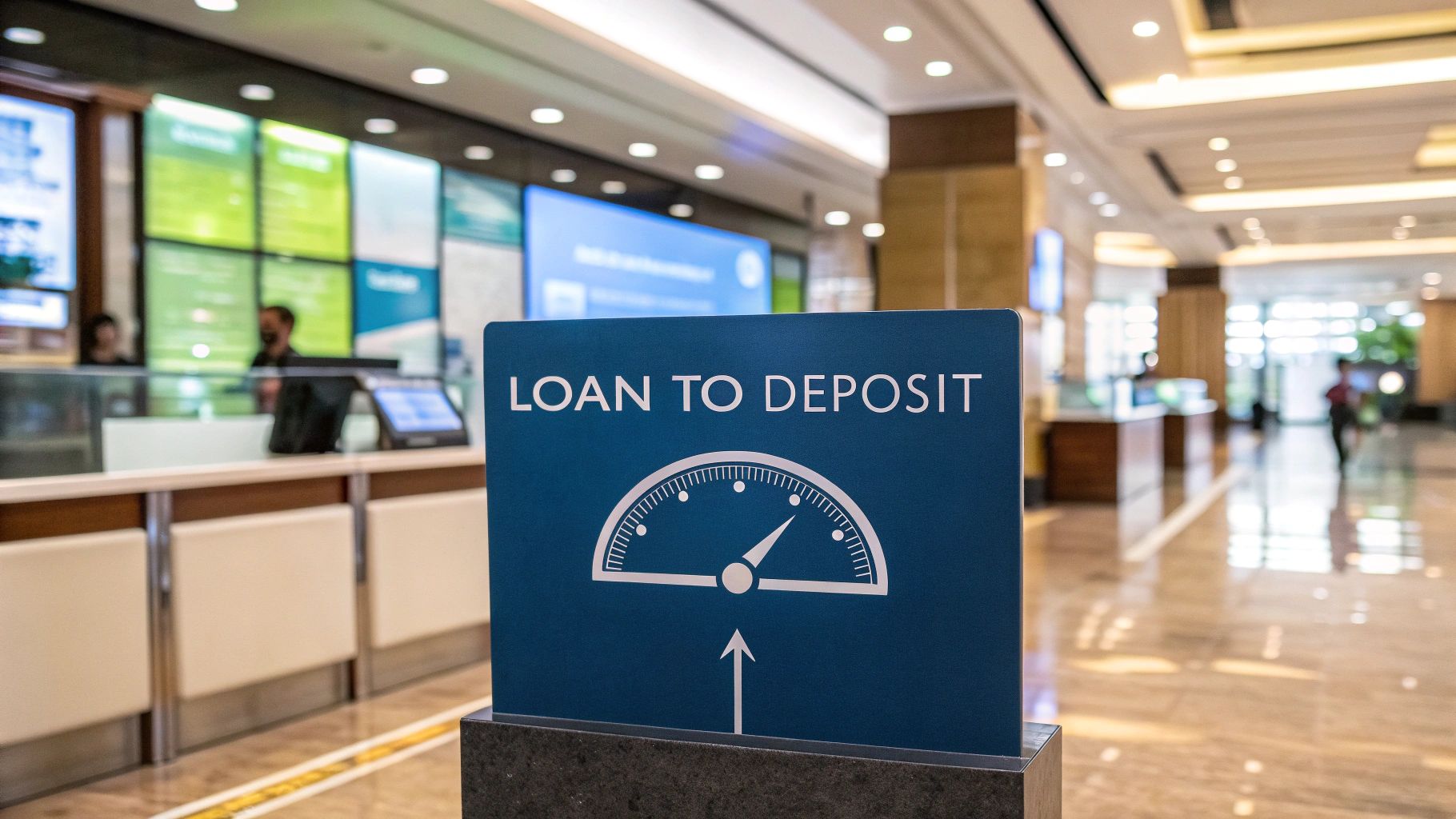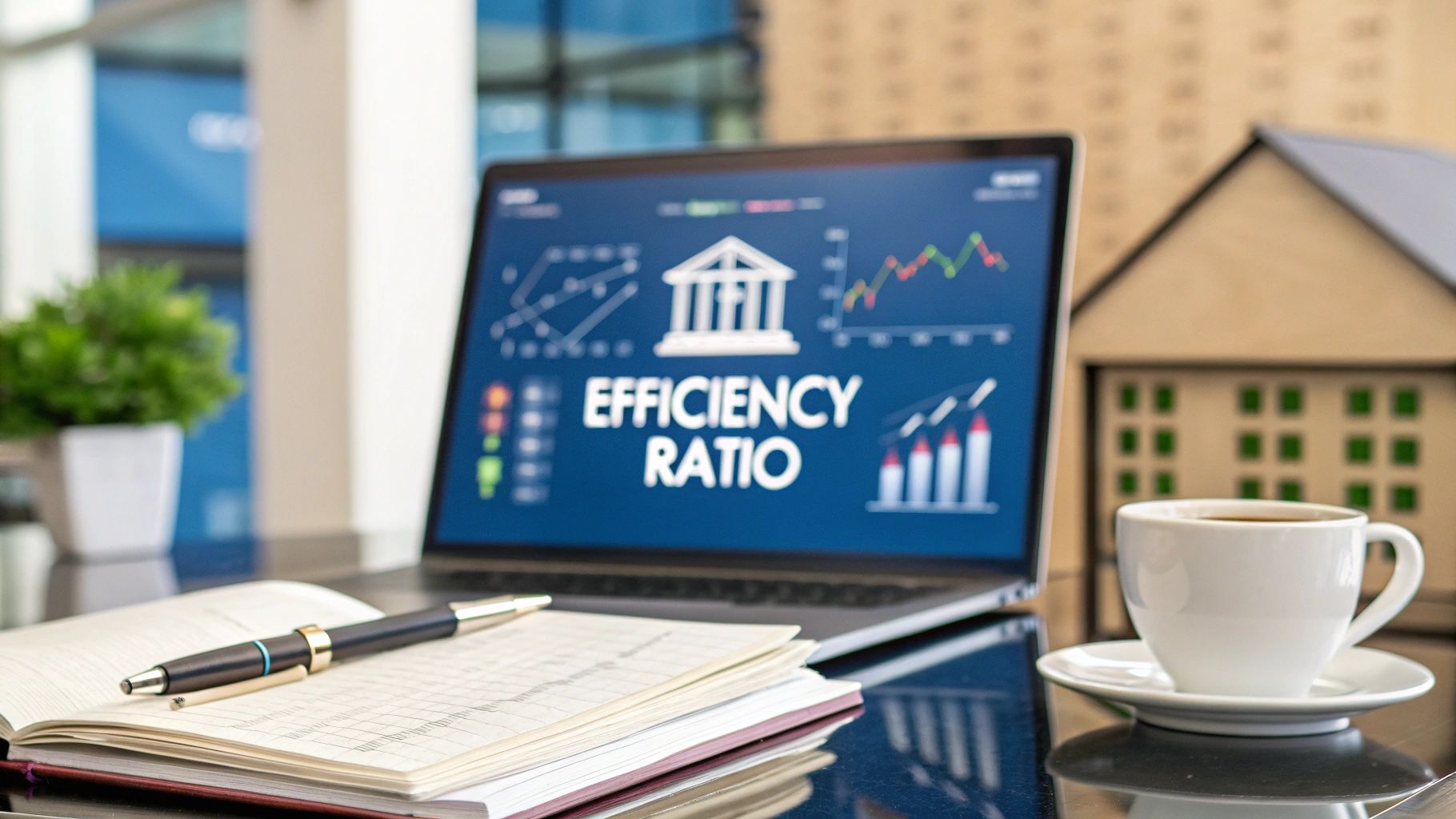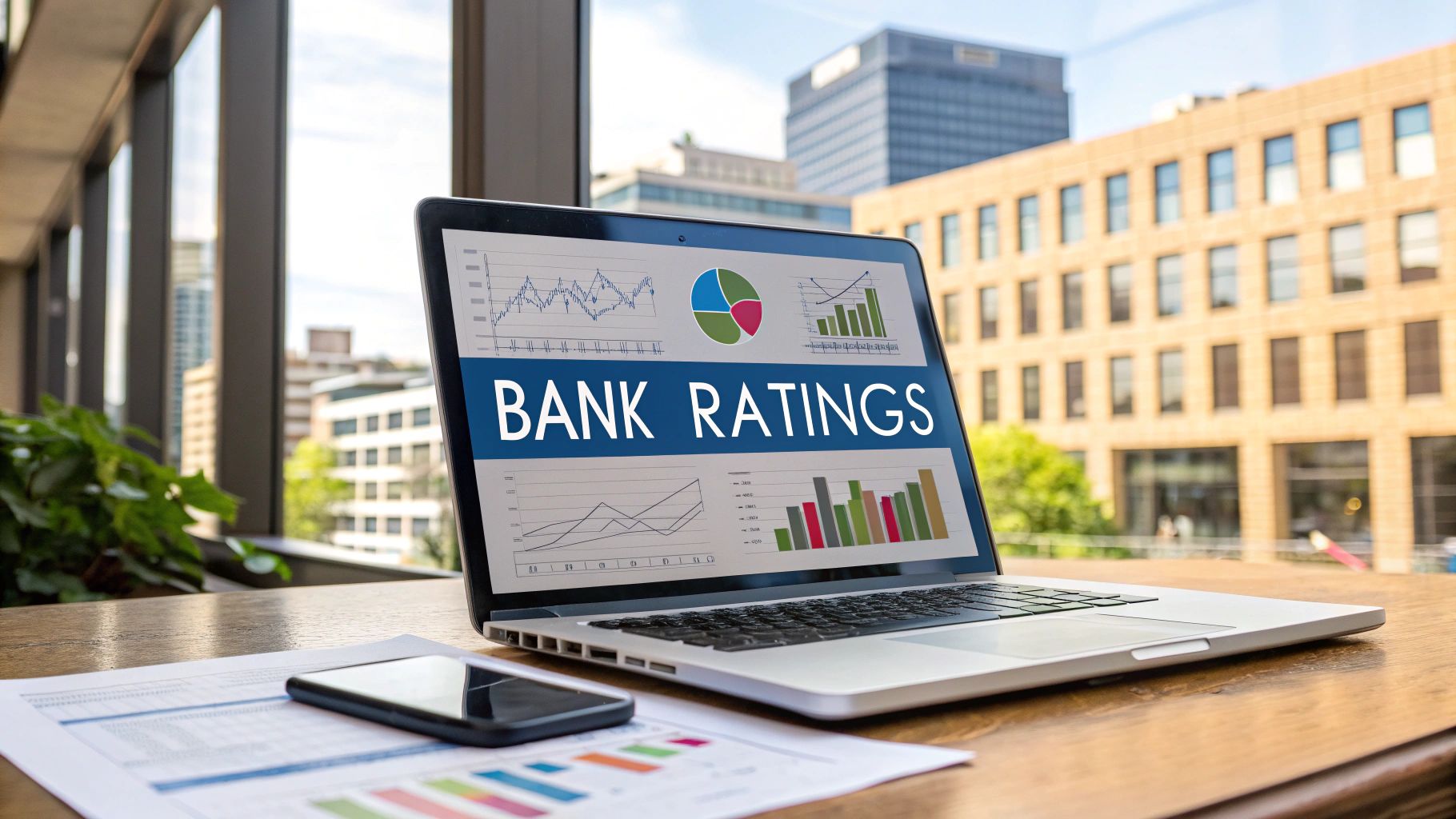← Back to News
Why Tier 1 Capital Ratio Matters in Banking Regulation and Safety
Banking Knowledge Base4/6/2025Banking Knowledge BaseTier 1 Capital Ratio

Tier 1 Capital Ratio
The Tier 1 Capital Ratio is a critical metric in banking regulation, reflecting a bank's financial strength and ability to withstand economic shocks. Understanding this ratio is essential for assessing a bank's capital adequacy and overall safety. This guide explores the components of Tier 1 capital, its regulatory significance, and how it protects against insolvency. PricingTable of Contents
What Is Tier 1 Capital?
Tier 1 capital represents the core capital of a bank, consisting primarily of common equity and disclosed reserves. It serves as the primary funding source to absorb losses and support ongoing operations. Tier 1 capital is considered the most reliable and stable form of capital, as it is fully available to cover potential losses. This capital is crucial for maintaining a bank's solvency and financial health, providing a buffer against unexpected economic downturns or financial stress. https://visbanking.com/contact/Tier 1 Ratio: A Key Measure of Capital Adequacy
The Tier 1 Capital Ratio is a key measure of a bank's capital adequacy, calculated by dividing Tier 1 capital by risk-weighted assets. This ratio assesses a bank's ability to absorb losses and continue operations during periods of financial stress. A higher Tier 1 ratio indicates a stronger capital position and greater resilience to economic shocks. Regulators use this ratio to ensure that banks maintain sufficient capital levels to protect depositors and maintain financial stability.Basel III and Risk-Based Capital Requirements
Basel III is a global regulatory framework developed by the Basel Committee on Banking Supervision to strengthen the regulation, supervision, and risk management of banks. It introduces risk-based capital requirements, including minimum Tier 1 capital ratios, to enhance the banking sector's ability to absorb shocks and reduce the risk of financial crises. Basel III requires banks to maintain a minimum Tier 1 Capital Ratio of 6%, with additional buffers for systemically important institutions. These requirements aim to improve the overall resilience of the banking system and ensure adequate capital levels to support economic stability.How Tier 1 Protects Against Insolvency
Tier 1 capital serves as a critical line of defense against insolvency, providing a financial cushion to absorb losses and maintain operations during economic downturns. By maintaining a strong Tier 1 Capital Ratio, banks can ensure they have sufficient capital to cover potential losses and meet regulatory requirements. This protection is essential for maintaining depositor confidence and preventing bank failures, which can have widespread economic consequences. A robust Tier 1 capital base enhances a bank's ability to withstand financial stress and supports long-term stability and growth.Comparing Tier 1 Ratios Across Institutions
Comparing Tier 1 Capital Ratios across different banks provides valuable insights into their financial strength and risk profiles. Banks with higher Tier 1 ratios are generally considered more stable and better equipped to handle economic challenges. Investors and regulators use these comparisons to assess the relative safety and soundness of financial institutions. It's important to consider factors such as business models, market conditions, and regulatory environments when evaluating Tier 1 ratios, as these can influence a bank's capital adequacy and overall performance.FAQs on Tier 1 Capital Ratio
What is considered a strong Tier 1 capital ratio?
A strong Tier 1 capital ratio is typically above 10%, indicating a robust capital position and greater resilience to economic shocks.How is Tier 1 ratio calculated?
The Tier 1 ratio is calculated by dividing Tier 1 capital by risk-weighted assets, reflecting the bank's ability to absorb losses.Why is capital adequacy important?
Capital adequacy is crucial for ensuring a bank's solvency, protecting depositors, and maintaining financial stability during economic downturns.Similar Articles

Brian's Banking Blog
A Guide to Capital Ratios for Banks: Beyond Compliance to Strategic Advantage

Brian's Banking Blog
Loan to Deposit Ratio Definition: A Strategic Guide for Bank Executives

Brian's Banking Blog
Mastering The Banking Efficiency Ratio: A Guide for Bank Executives

Brian's Banking Blog
A Guide to the Bank Leverage Ratio for Executives and Directors

Brian's Banking Blog
Mastering the Non Performing Loans Ratio for Strategic Advantage

Brian's Banking Blog
Mastering Operations in the Banking Industry for Strategic Advantage

Brian's Banking Blog
Decoding the Bank Rating System: A Guide for Executive Leadership

Brian's Banking Blog
Decoding Credit Union Asset Size for Banks

Brian's Banking Blog
Mastering Banking Performance Metrics: A Guide for Executives

Brian's Banking Blog